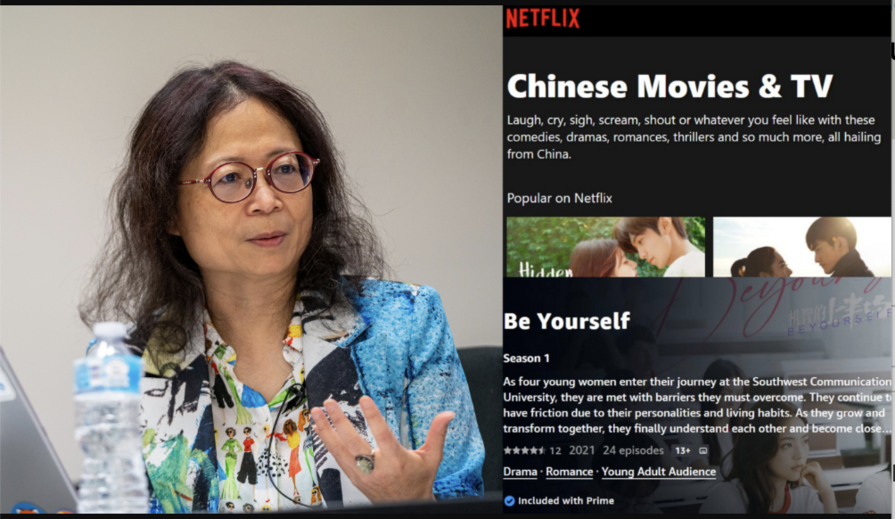ON AN AVERAGE DAY IN CHINA film goers visit 1,325 movie houses, with 3,024 screens. The
The largest Chinese chains (e.g., Beijing New Cinema United 北京新影联) have 80-90 theaters with more than 200 screens. By contrast, Regal Entertainment Group,
One reason for the disparity is that propaganda aims drove (and to a lesser extent continue to drive) filmmaking and film exhibition efforts. Many Chinese saw films at their urban work units or when a mobile film exhibition group arrived in their village and films were shown outside or in schools. With economic liberalization in the 1980s, some entrepreneurs began opening video parlors screening tapes and then video cassette discs, often featuring films from
In Loutang and Wuqiao, small towns outside

Current releases are among the films available on pirate dvds. Photo courtesy of SocialTechnologies.com.
In recent years,
Sources:
Paula A. Miller, “Reeling in
Regal Entertainment Group, “About Us”, <http://www.regalcinemas.com/corporate/about.html>, accessed June 17, 2007.
Wang Taihua, Bo Xilai, and Sun Jiazheng, “Order of the State Administration of Radio, Film and Television, No. 49: Supplementary Provisions to the Provisional Regulations on Investment in Cinemas by Foreign Investors,”
Fengxian xian Wuqiao xiang "Wuqiao zhi" bian xie zu, “Wuqiao dianying dui (Wuqiao film team),” Wuqiao zhi 邬桥志 (Wuqiao Gazetteer), 1985.
Song Guozhang 宋国章, interviewed Oct. 28, 1991, Wuqiao,
Zhongying wang (ChinaFilm.com), http://cin.chinafilm.com/, accessed June 17, 2007.
Zhu Renxing 朱仁兴, interviewed April 18, 1992, Loutang,
[Clayton Dube, USC U.S.-China Institute]




